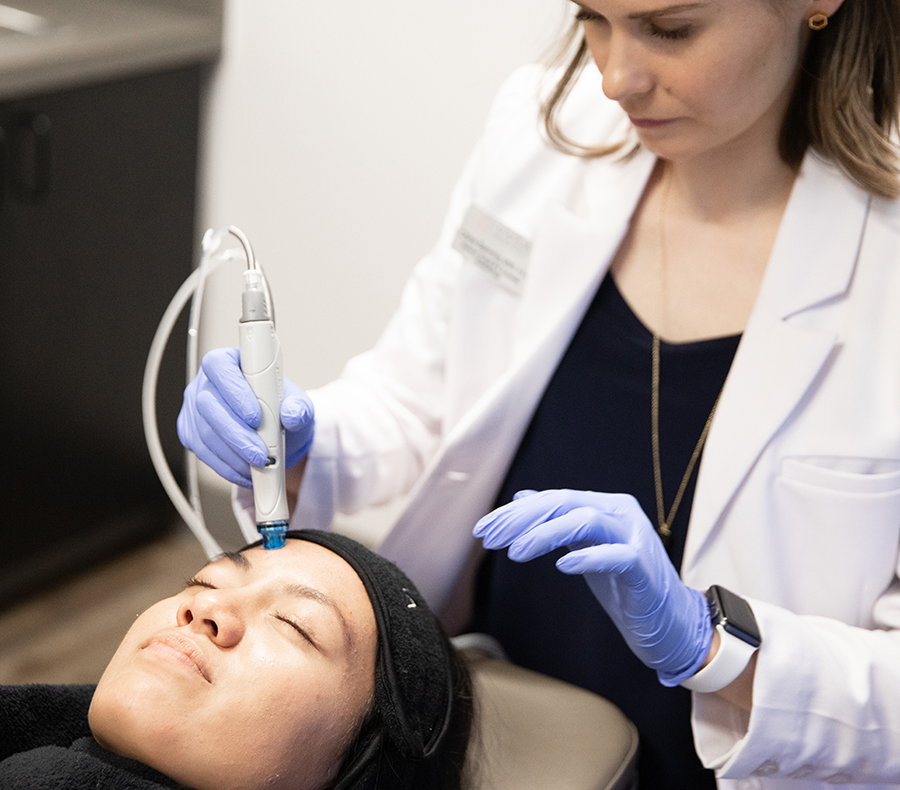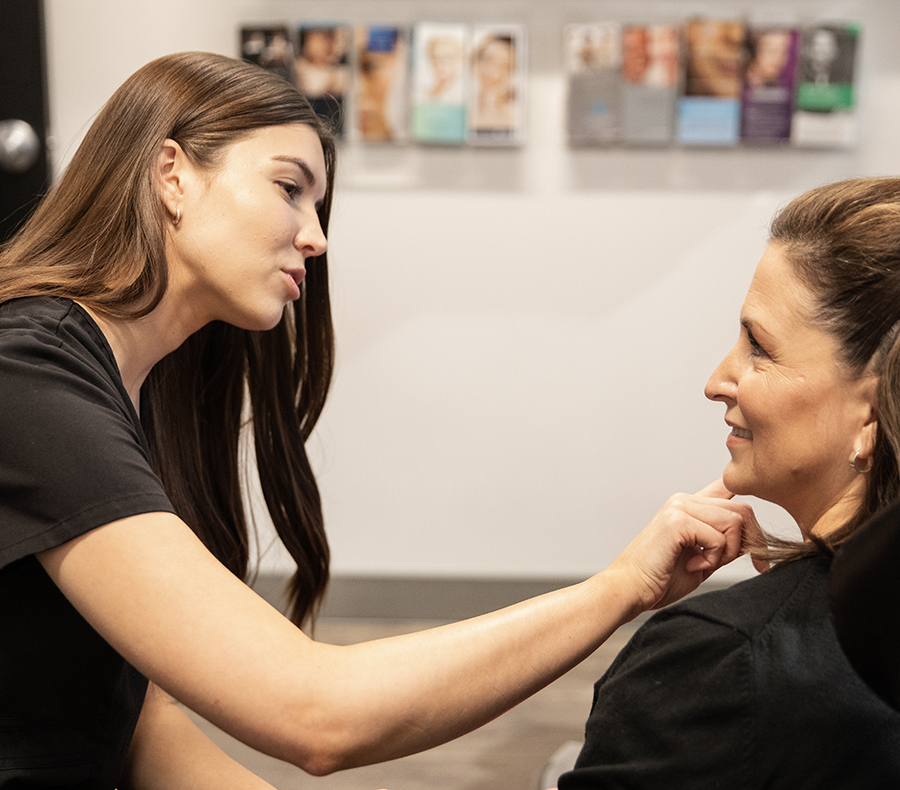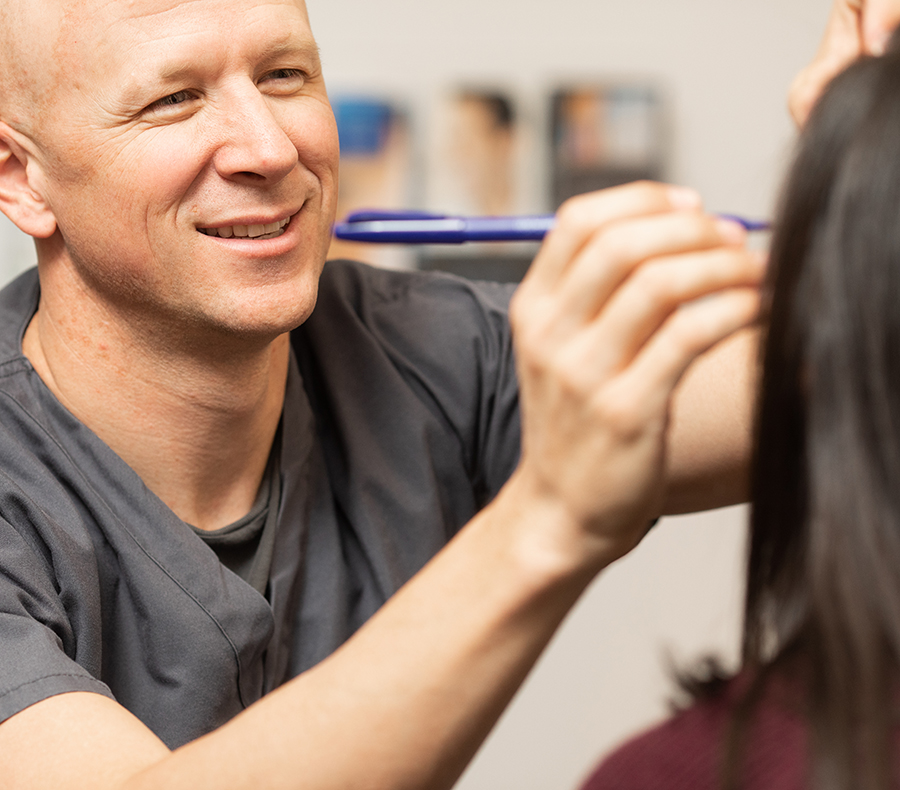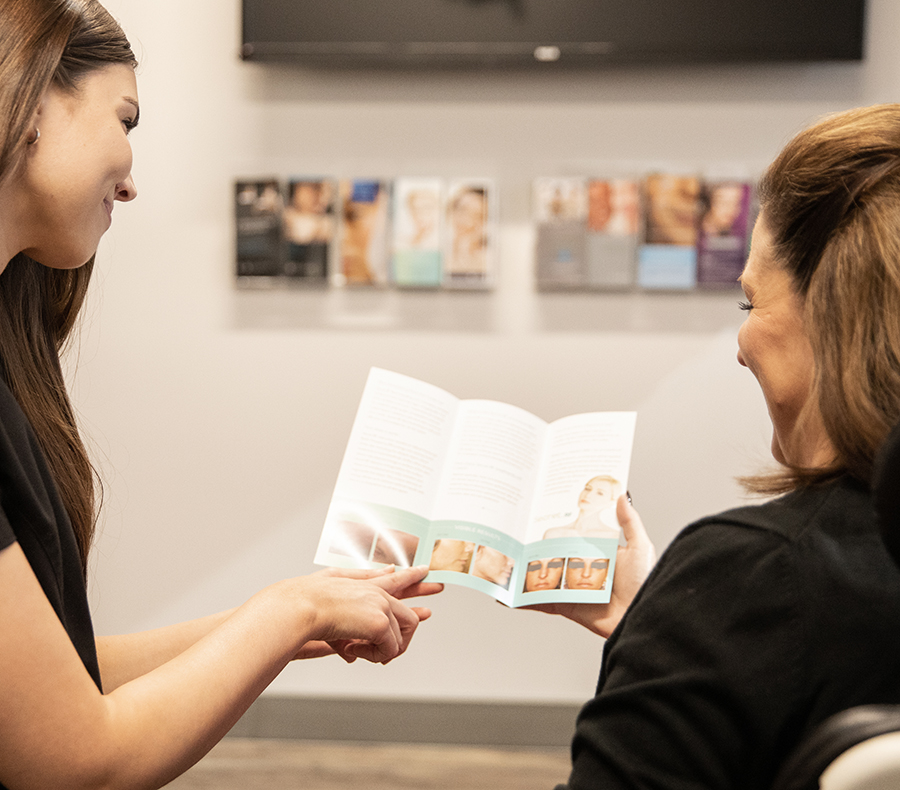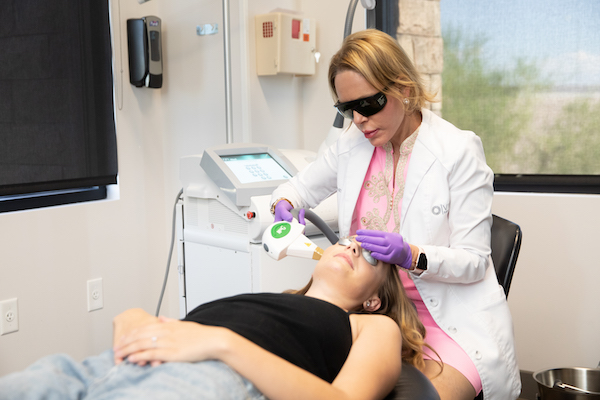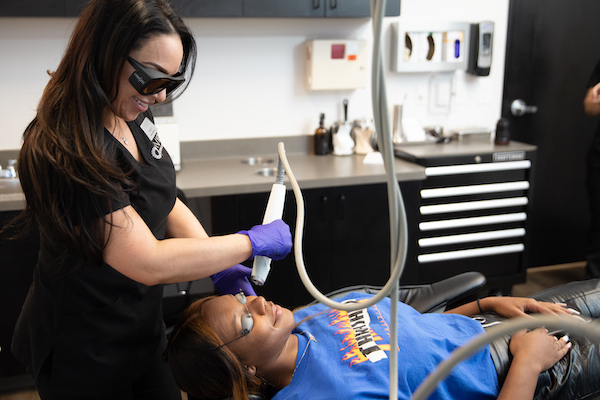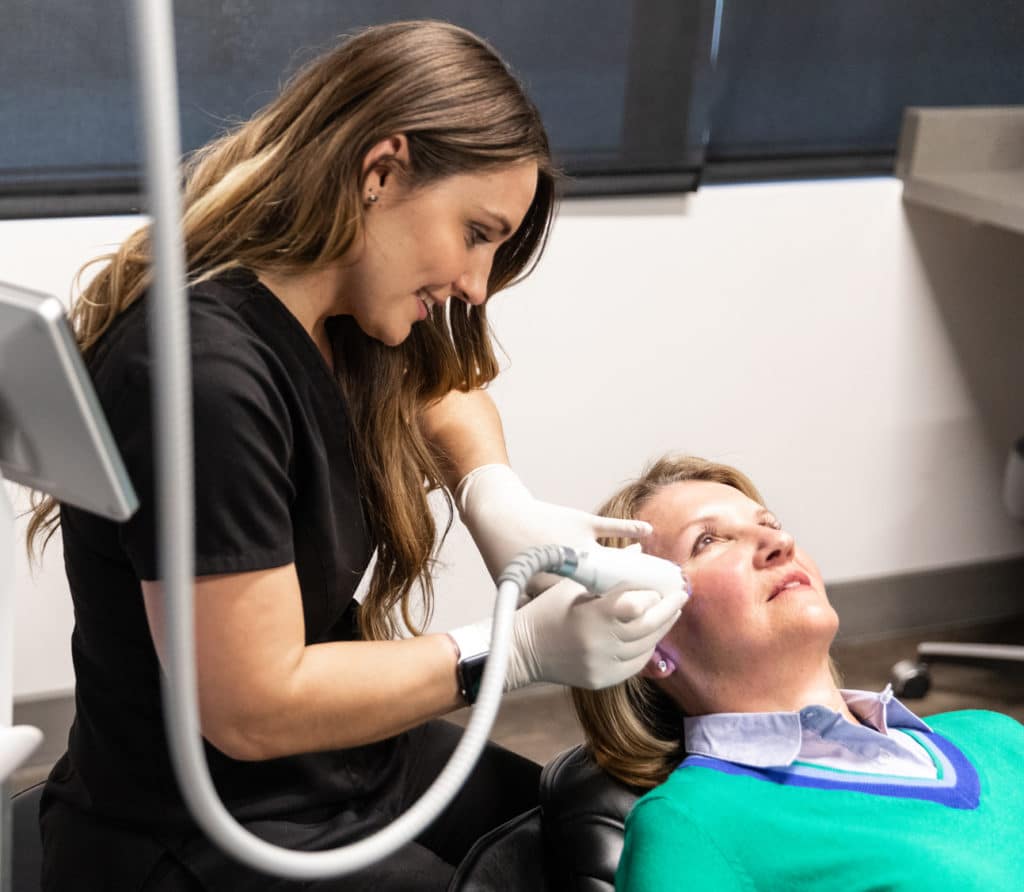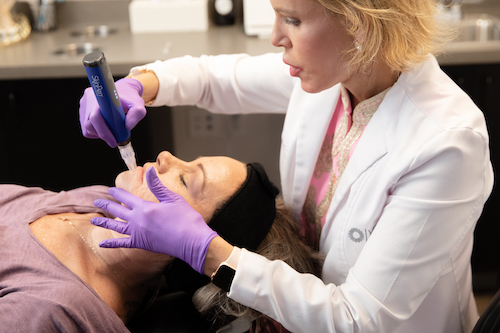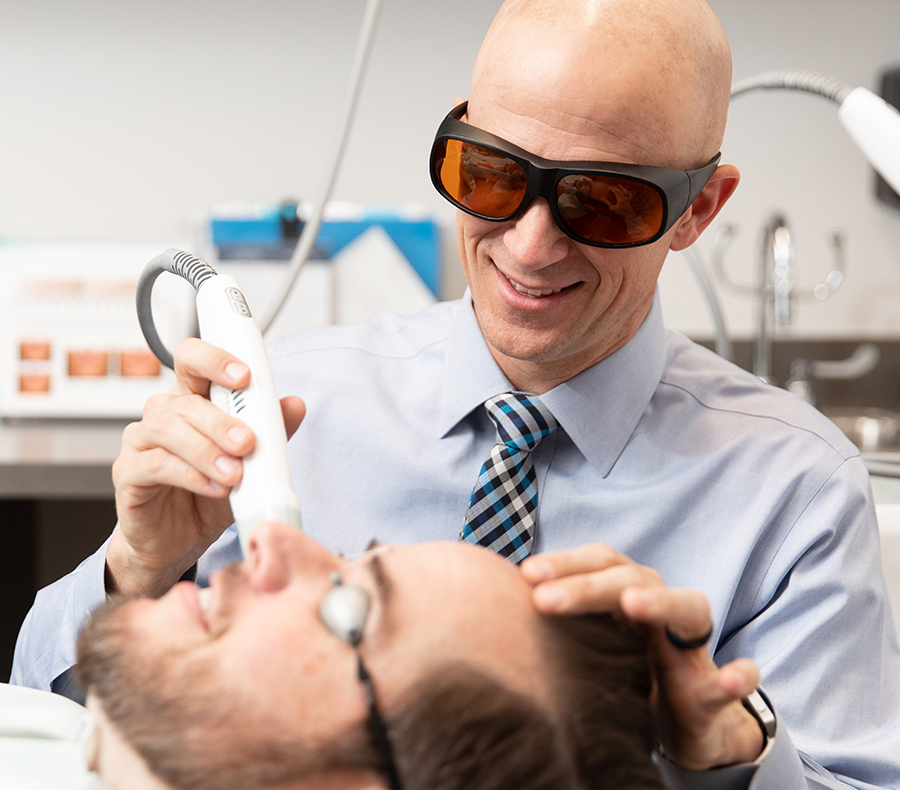ACNE SCAR THERAPY
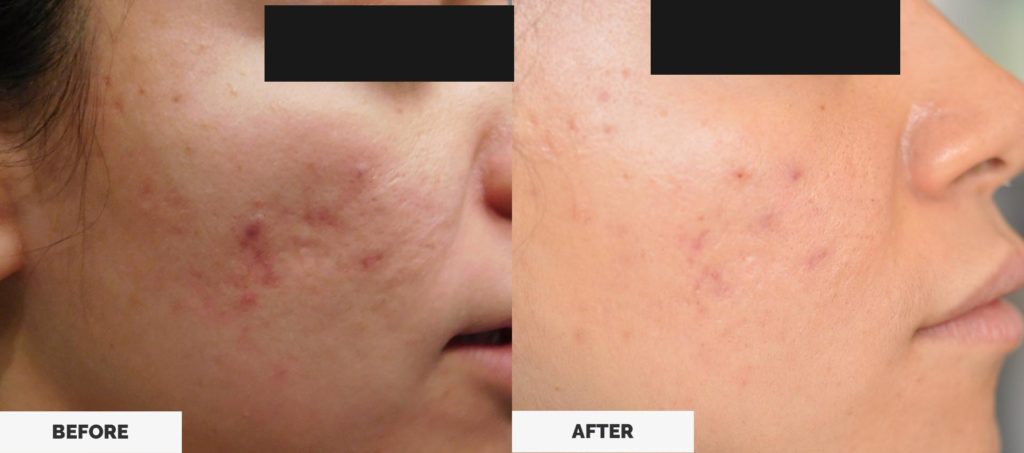
Acne scarring is a frustrating problem for both patients and physicians. It has a high prevalence (up to 95% in studies) and can be psychologically devastating to patients with severe cases. The cause of acne scarring is complex and poorly understood. The team at Vivida Dermatology has a special interest in the treatment of acne scars in patients of all races and skin types. We understand that every acne scarring patient cannot be approached in the same way—each case must be carefully evaluated, treated by the most appropriate modality, and monitored closely postoperatively for side effects.
AVAILABLE TREATMENT OPTIONS
Vivida Dermatology offers comprehensive treatment of acne scarring. Treatments offered include: subcision, Fractional CO2 laser, chemical peels, fillers injected underneath scars, and mini-excisions of large scars. Our providers have participated in clinical studies on various acne scarring treatments. During your consultation, your specific scars are categorized (rolling, boxcar, icepick, hypopigmented, etc) and a treatment plan will be tailored for your specific skin tone and scars, which can significantly improve the appearance of the skin.
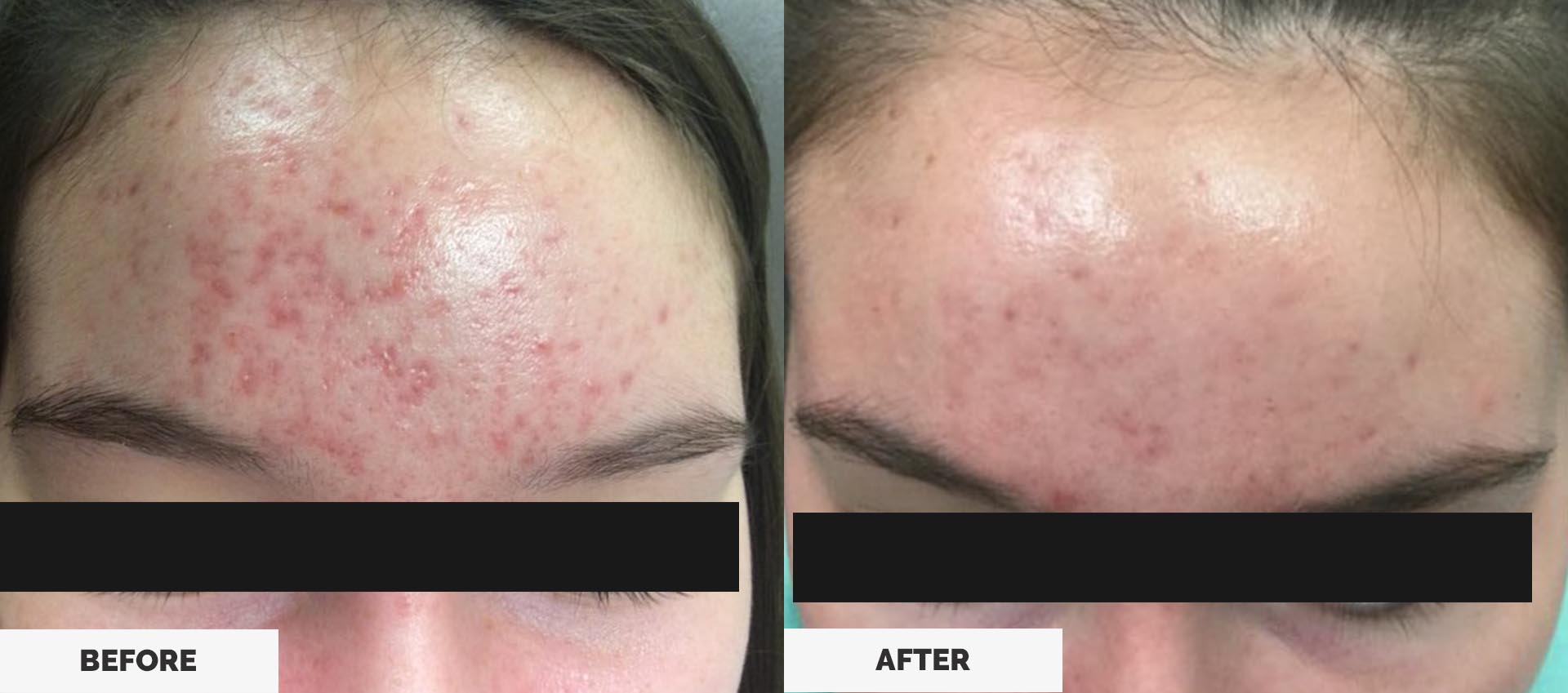
Fractional lasers have revolutionized the treatment of acne scarring. The procedure involves the delivery of a laser beam which is broken up into hundreds of very small columns, which put tiny holes in the skin. As these small wounds heal, new collagen is laid down underneath the skin (a process called “collagen remodeling”), which can smoothen out the surface of the skin. Advantages over traditional CO2 resurfacing include faster healing time and a slightly lower risk of complications. As part of a comprehensive acne scarring treatment plan, fractional laser resurfacing can improve skin which has been damaged by prior severe acne.
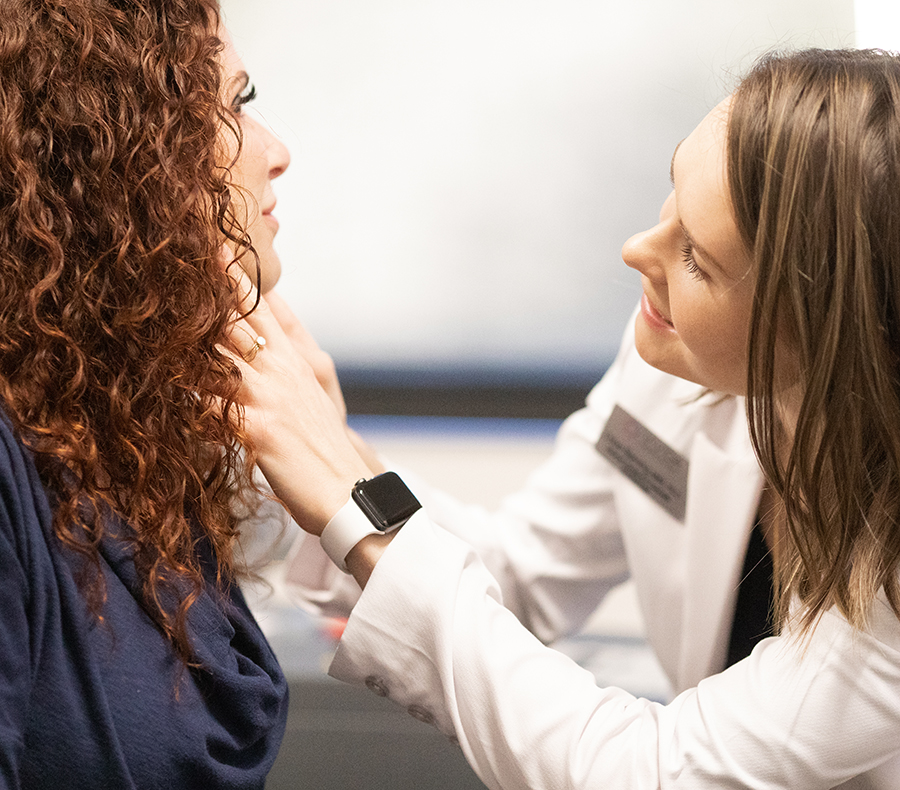
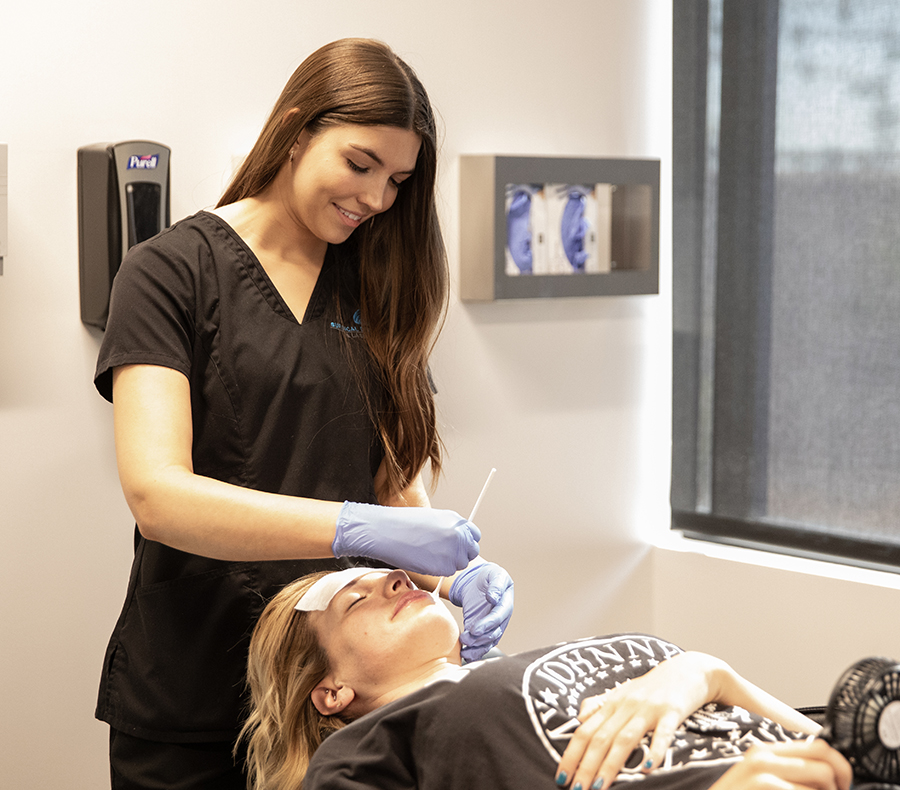
CHEMICAL PEELS ARE USED IN TWO WAYS FOR ACNE SCARRING:
- The first method is the CROSS technique, in which a small amount of high concentration of trichloroacetic acid (TCA) is placed directly into an acne scar, creating a wound. The collagen remodeling and healing process that ensues can smoothen out the skin at the site. Usually multiple treatments are required.
- The second method is a total face chemical peel, in which a lower concentration of TCA, Jessner’s solution, salicylic acid, or glycolic acid. The skin is rejuvenated as it heals.
